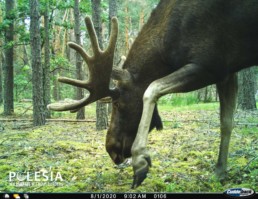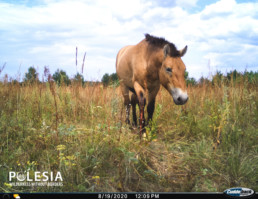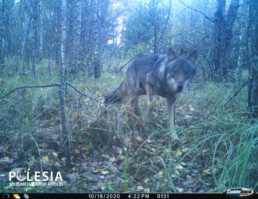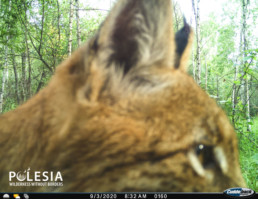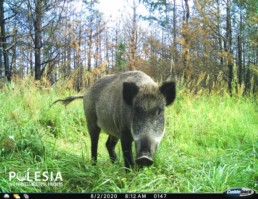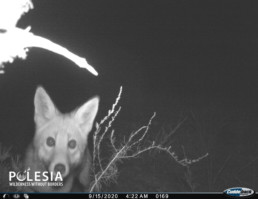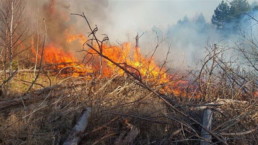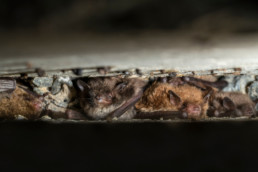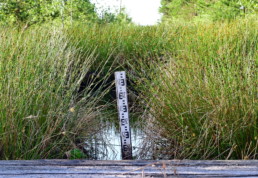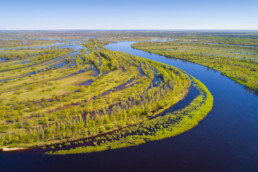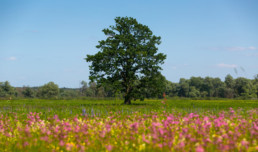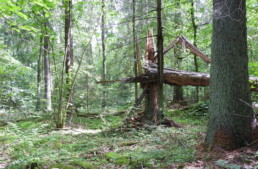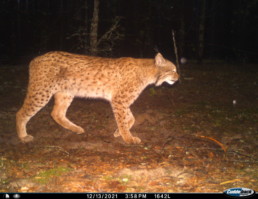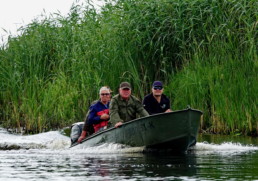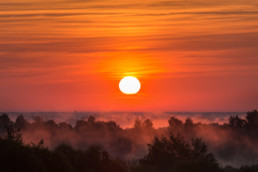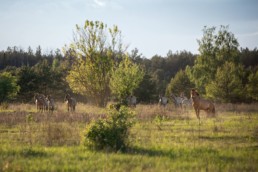Wins for Polesia in 2021
More than 10,000 hectares of the landscape gains better protection. Camera traps help uncover the area’s incredible wildlife, while local communities come together to protect it.
Bigger and better protection
The highlight of the year was by far the 10,000 hectare expansion of Almany Mires Nature Reserve in Belarus. The reserve now spans over 104,000 hectares (about the size of Hong Kong). Europe’s largest intact transition mire is found here. The area provides crucial habitat for globally threatened wildlife. This result hinged on efforts by local NGOs, and the Belarusian Ministry of Environment and National Academy of Sciences.
Better protection for the area was also achieved. Clear-cut logging is now prohibited across the whole reserve. Felling within the core zone is also no longer allowed, and a ban on hunting during the first half of May is in place.
In Ukraine a total of 640 hectares was granted an official protection status this year. Further expansions and the creation of a new national park in Ukraine are still in the pipeline.
Read more about the the next generation of protected areas in Ukrainian Polesia.
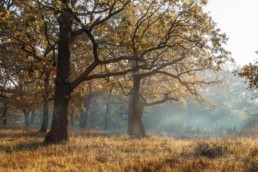
Restoring landscapes
I am text block. Click edit button to change this text. Lorem ipsum dolor sit amet, consectetur adipiscing elit. Ut elit tellus, luctus nec ullamcorper mattis, pulvinar dapibus leo.
Watch FZS Belarus Programme Leader Viktar Fenchuk explain our approach:
Wildlife studies guide conservation
Large mammals
Across Polesia we continue to study wildlife at an unprecedented scale. The project deployed three hundred camera traps across 600,000 hectares of key protected areas in Ukraine and Belarus. This data feeds into the most extensive and systematic camera trap survey attempted in the Chernobyl Exclusion Zone yet. Here – as a side effect of a terrible tragedy – nature has space. Data from the area will act as a baseline to assess wildlife presence and connectivity across Polesia to guide conservation.
The camera traps also provide fantastic images of European wildlife: herds of Przewalski’s horses; a close-up view of elusive lynx; and glimpses of wolf packs moving through the woods.
Greater Spotted Eagle
Greater Spotted Eagles from different populations migrate to different areas during winter. Males and females also differ in migration behavior. The results of a study co-authored by Dr Valery Dombrovsky and Dr Adham Ashton-Butt suggest that this migration behavior could worsen population declines.
The study included data from eagles tagged in Polesia. Belarusian breeding males mainly migrate to Africa and females to Europe. Threats faced by the birds, as well as the health of the wetlands they winter in, differ between Europe and Africa. This might already have led to sex-biased survival rates, and is likely to continue to do so in the future if wetlands in Africa become degraded or see more severe climate change impacts.
An imbalance between the number of male and female eagles could increase the chance of them breeding with Lesser Spotted Eagles. The latter are closely-related and more common. This would increase the risk of extinction of the vulnerable Greater Spotted Eagle.
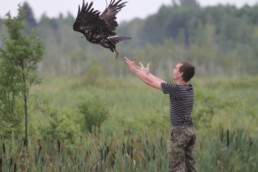
Acoustic monitoring
We can now identify wildlife calls using a custom built-classifier. Since 2019 we have used acoustic monitoring to survey bats, birds, bush crickets and mammals. The approach is non-invasive, cost-effective, and allows simultaneous data collection from different taxa. Using this tool we can collect huge amounts of data in a relatively small amount of time, compared to conventional survey methods.
In 2021 acoustic recorders at 180 locations in Polesia generated millions of recordings. Classifying these recordings manually would be a near impossible task. To this end, the British Trust for Ornithology developed a machine learning algorithm to help sort recordings. The tool sifts out and identifies calls made by wildlife, separating them from other noises like wind and rain.
Sixteen species of bats have been surveyed so far and hundreds of thousands of recordings have been ascribed to species groups. The acoustic classifier is part of a larger European project to survey wildlife using acoustic monitoring.
Guardians of Polesia continue to grow
The ‘caretaker’ groups who volunteer their time to protect and promote nature in Polesia have more than doubled in Belarus alone. There are now over 260 people involved within 18 groups in Belarus and Ukraine. The pandemic continues to hinder some of their activities. Despite this, the groups held ten field camps (for example to collect litter), and 40 environmental education seminars. In Ukraine, new eco-trails are in place, and various lectures and birding seminars were held in both countries.
Polesia on TV
2021 saw some good coverage of the project. The German-French TV broadcaster ARTE carried out a filming trip and produced a feature ‘ARTE RE: Saving Europe’s Amazon. The project was also featured in the ARD series ‘Das große Artensterben’. A documentary about Polesia is now available to watch across the globe on the Waterbear Network.
Supporting Polesia’s protected areas
Four protected areas now have management plans in place, and a training course including over 20 modules is available for Ukrainian protected areas. Protected areas also received equipment, like GPSs, office equipment, weather stations and motorbikes.
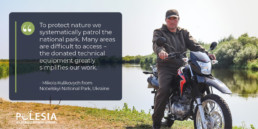
Article written by Zanne Labuschagne, communications coordinator at FZS. Top image shows the vast Almany Mire Reserve. Photo credit: Viktar Fenchuk
I am text block. Click edit button to change this text. Lorem ipsum dolor sit amet, consectetur adipiscing elit. Ut elit tellus, luctus nec ullamcorper mattis, pulvinar dapibus leo.


